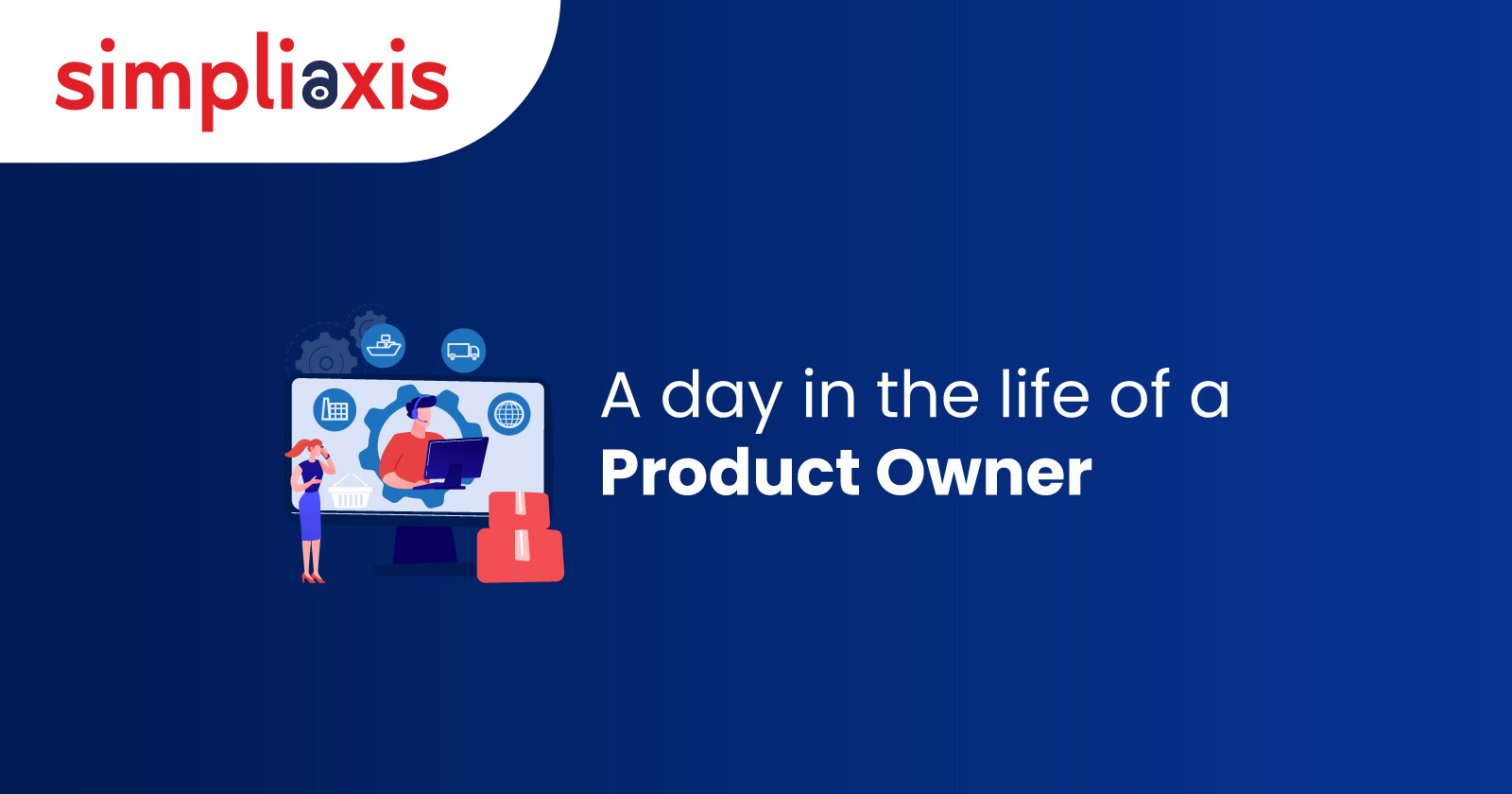In the fastest growing Agile development world, the role of product owner is both challenging and rewarding. They play an important role in the field of Agile Framework, and make sure that product delivers maximum value which are aligned with customer needs and business objectives. But actually what does a product owner do in everyday life? In this blog, let us discuss a day routine and responsibilities of the product owner.
Who is a Product Owner?
A product owner is an individual who is responsible for maximizing the value of the product. They act as a bridge between stakeholders and development teams. They ensure that the product is aligned with customer needs and business objectives.
What skills does a Product Owner need?
The common essential skills of a product owner are:
- Analytical skills: The ability to collect the data, identify market trends, and make decisions is important for managing and prioritizing the product backlog.
- Communication Skills: Effective communication with stakeholders and development teams, keeps everyone on the same track of the product vision and requirements.
- Technical Knowledge: Having a clear understanding of software development and user experience principles helps in making informed decisions.
- Decision-Making Skills: Good decision-making skills are critical for prioritizing features and facing challenges effectively.
- Leadership and collaboration: Guiding cross-functional teams and promoting collaboration is crucial for the success of product objectives.
What are the responsibilities of a Product Owner?
Product owners play a crucial role in Agile and Scrum Framework, they are primarily responsible for maximizing the product value. The key responsibilities of the product owners include:
- Defining the Product Vision: Creating the clear vision for the product to ensure that they align with both stakeholders and development teams.
- Managing the Product Backlog: Prioritizing and refining backlog items to make sure that they are developed and meet the customer needs.
- Collaboration: Working closely with the development team, stakeholders and customers to collect the feedback and make sure product goals are aligned.
- Monitoring Progress: Monitoring progress in development and changing priorities based on feedback and market trends.
Know moreRoles and Responsibilities of a Product Owner.
What does a day look like for a Product Owner?
Morning Routine: Setting the Stage
The day of the product owner usually starts early, with a quick review of messages, emails, and any update from the stakeholders or development teams.
9:00 AM - Stand-Up Meeting
The daily stand-up meet where the POs meet the development team, to discuss product progress, roadblocks. So, everyone is aligned and informed.
10:00 AM - Stakeholder Meeting
Communicating with the stakeholders to gather feedback, discuss requirements, and align on priorities. This meeting is essential to ensure that the product is on the track and meeting the business objectives.
11:00 AM - User Feedback Review
Collecting feedback from the customers or stakeholders, helps the POs in understanding about in which area improvement is required. This approach ensures that the product delivers real values.
Afternoon: Strategic Planning and Decision Making
Most of the time in the afternoon is dedicated to strategic tasks, like planning and decision-making.
12:00 PM - Lunch and Networking
A quick lunch break is often used for casual talks with colleagues or catching up with the stakeholders.
1:00 PM to 2:00 PM - Sprint Planning:
In this session, the product owners are focused on working with the team to define the work for the upcoming sprint. Which includes setting goals, clarifying customer needs, and making sure that everyone understands the product values and priorities.
3:00 PM - Roadmap Review
The key responsibilities of the POs is reviewing and updating the product value. Which aligns with the long-term vision with the current progress and making adjustments as needed.
4:00 PM - Risk Assessment
The POs identify potential risks and developing strategies is important to keep the project on the track. They generally value technical challenges, market trends, and resource constraints.
5:00 PM - Documentation
Documenting data, updating the customer needs, and ensuring all the information is correctly recorded in the product management tools.
6:00 PM - Retrospective Preparation
Preparing for the next meeting by reviewing, what went well and what needs to be improved. This continuous improvement is essential for Agile success.
6:30 PM - Day-End Review
Finally, review of the day’s tasks, emails, and any product values. They make sure that nothing important is left unresolved before signing of the day.
Conclusion
A day in the life of a product owner is not the same everyday, it involves a blend of communication, strategic thinking, detailed planning, and continuous collaboration. This day schedule is just a basic task that needs to be fulfilled by the product owner everyday. Each product owner has different schedules based on their work needs and requirements.
If you are looking to grow in the product owner role, consider professional training courses like SAFe POPM training from Simpliaxis that provide essential knowledge and skills for success. With industry experts and globally recognized certification, Simpliaxis will guide you through the challenges of being a product owner.






















